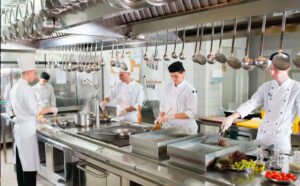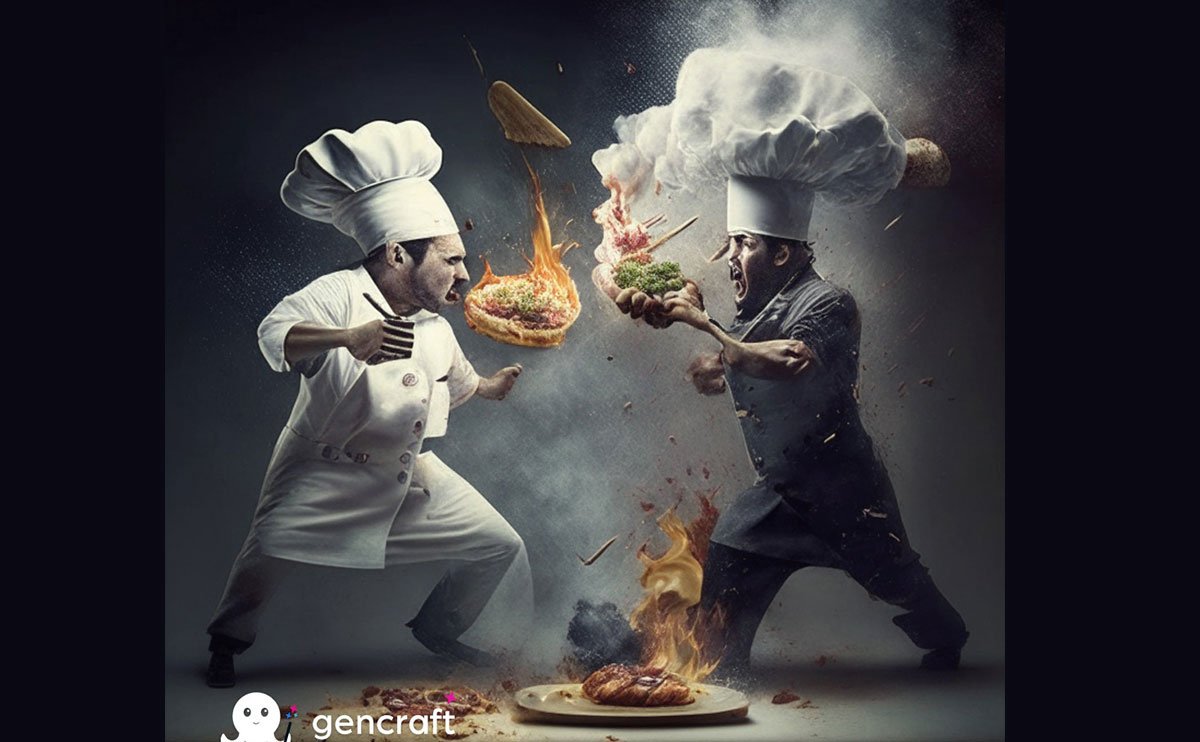The world of gastronomy is a vibrant tapestry woven with diverse flavors, techniques, and culinary philosophies. In recent years, a clash has emerged between the timeless allure of classic cuisine and the innovative approach of modern restaurants. Each approach carries its own distinct charms and challenges, sparking debates among food enthusiasts and captivating the attention of diners worldwide.

One of the hallmarks of classic cuisine is its focus on high-quality ingredients and precise cooking methods. Classic dishes rely on time-honored techniques such as braising, roasting, and sautéing, showcasing the depth of flavors that can be achieved through slow and careful preparation. Classic menus often feature dishes like coq au vin, beef Wellington, or bouillabaisse, each meticulously crafted with a balance of flavors and presented with finesse.
In contrast, modern restaurants take a bold and inventive approach to culinary exploration. These establishments push the boundaries of creativity, embracing innovative techniques, unconventional flavor combinations, and avant-garde presentations. They seek to challenge diners’ expectations and perceptions of what food can be, inviting them on a journey of culinary discovery.

Another characteristic of modern restaurants is their emphasis on local and seasonal ingredients, sustainability, and the fusion of global culinary influences. They prioritize farm-to-table practices, foraging for unique ingredients, and working closely with local producers to create a sense of connection between the plate and the surrounding environment. These establishments often embrace open kitchen concepts, inviting diners to witness the creative process and fostering a sense of interaction between chefs and guests.
While classic cuisine and modern restaurants may seem like opposing forces, there is undoubtedly room for both in the ever-evolving world of gastronomy. Classic cuisine reminds us of the foundations and traditions that have shaped culinary arts throughout history. It offers a sense of nostalgia and the comforting familiarity of timeless flavors.
On the other hand, modern restaurants push boundaries, challenging diners to experience food in new and exciting ways. They celebrate innovation, creativity, and the constant evolution of culinary techniques and trends. These establishments cater to those seeking a dining experience that surprises and delights, where food is not just sustenance but a form of artistic expression.
Ultimately, the choice between classic cuisine and modern restaurants boils down to personal preference and the type of experience one seeks. Some may find solace in the refined elegance of classic dining, while others crave the excitement and adventure offered by modern establishments. Thankfully, the culinary landscape is vast and diverse enough to accommodate both, ensuring that there is something for every palate and dining inclination.
In conclusion, the clash between classic cuisine and modern restaurants reflects the ongoing dialogue and evolution within the culinary world. Each approach brings its own set of charms, techniques, and flavors to the table. Whether you find yourself drawn to the nostalgic allure of classic cuisine or the daring innovations of modern restaurants, the beauty of gastronomy lies in its ability to captivate and inspire, offering a multitude of culinary experiences to savor and enjoy.












